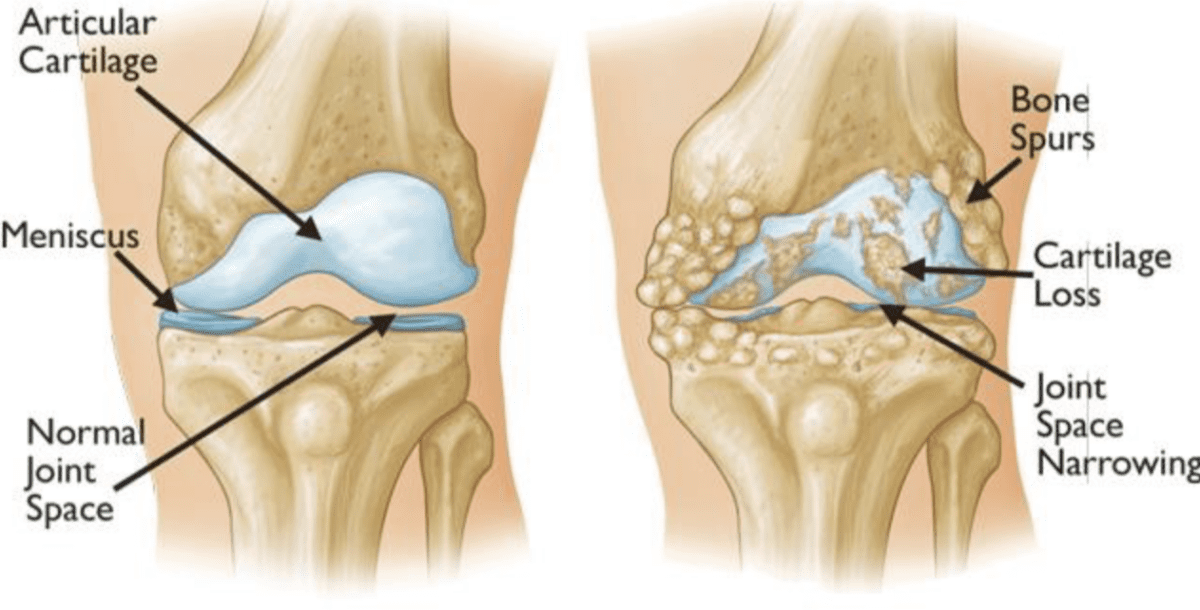Arthroscopic surgery of the knee is one of the most common procedures performed by orthopaedic surgeons today. Dr Kulisiewicz has been performing cartilage repair and ligament reconstructions around the knee for over a decade. He is highly proficient, combining both his skill and experience to deliver you with the best possible surgical results following your injury.
This procedure allows Dr Kulisiewicz to evaluate your knee joint with the benefit of fiberoptic instrumentation, in a minimally invasive way.
Surgery is most often performed to address tears of the meniscus, but can also be used to treat torn ligaments, remove loose bodies from the joint, or clean out fibrous scar tissue.
There are two types of knee cartilage. The articular cartilage that lines the end of the knee bones, and the shock-absorbing cartilage called the meniscus.
There are two menisci (“cartilages”) in each knee, one inside the knee called the medial, and one on the outside of the knee called the lateral.
When injured, the meniscus loses some or potentially all of its capacity to protect the articular cartilage, and early onset of cartilage damage begins. This eventually leads to arthritis.
Meniscal damage can occur as a separate injury, or in combination with ligament injuries in the knee, for example with an Anterior Cruciate Ligament (ACL) injury.
In young and active people, diagnosing a meniscal injury early is very important, as it reduces the chance of developing osteoarthritis further down the track. Diagnosing a meniscal injury is usually done with an MRI scan of the knee.

Treatment
Certain types of cartilage tears can be treated with rest, physiotherapy, and a rehabilitation program. However, in the case of active and young patients, restoring knee mechanics is an important means of reducing pain and restoring function. If left untreated, meniscal injuries can lead to the early onset of osteoarthritis.
In such circumstances, Dr Kulisiewicz might recommend meniscal repair surgery as a means of restoring the mechanical function of the meniscus which promotes protection of the articular cartilage of the knee.
Surgical Procedure
- Once the patient is anaesthetised and the leg is prepped with an antiseptic solution then draped, keyhole surgery is performed on the knee, usually with 2 small skin incisions.
- The camera is inserted into the knee allowing the state of the meniscus to be assessed. Depending on the type of tear, its size and location, a decision is made about what type of repair is most appropriate for the injury. In most instances this would involve small plastic anchors that tether the torn cartilage returning it to it’s anatomical location. In some circumstances, if the tear is old or unrepairable, the torn portion of the meniscus may be removed instead.
- Any other ligamentous injuries in the knee are repaired or reconstructed at the same time to prevent further injuries and surgeries.
- The skin incisions are closed with absorbable skin sutures, and the leg is placed in a range of motion brace post-surgery.
Complications
Arthroscopic knee surgery is very commonly performed and usually without any significant complications. However all surgery carries risks. These may include:
- Infection
- Exceedingly rare following arthroscopic knee surgery.
- When it does occur, it manifests as increasing pain, swelling, fever or redness around the incision.
- If in doubt please check with Dr Kulisiewicz.
- Blood clots (deep venous thrombosis)
- may present as calf pain or unexplained swelling and should be reported to Dr Kulisiewicz immediately.
- Problems related to the anaesthetic
- Inadvertent injury to blood vessels or nerves.
- There is potential for development of osteoarthritis
Please feel free to address any questions or concerns that you may have with Dr Kulisiewicz, during your consultation in his rooms.
Rehabilitation
After surgery, there will be a period of 6 weeks during which altered weight bearing with crutches and a range of motion knee brace is recommended.
Static quadriceps muscle exercises during this time can help prevent wasting and allow for a quicker recovery.
Physiotherapy is necessary to regain optimal movement and muscle strength, and this usually starts within the first 6 weeks.
Depending on the type of repair and the age of the patient, meniscal healing can take anywhere from 3 to 6 months.
The return to sport and higher impact activities will depend on a patient’s discipline during this initial 6week period, with most people returning to competitive sport within 6 months.
Return to Work & Sport
Sedentary work
1- 2 weeks
*Speed of recovery will obviously vary depending on what is actually done at the time of the arthroscopy.
Physical work
6 – 12 weeks
*Speed of recovery will obviously vary depending on what is actually done at the time of the arthroscopy.
Light training
6 – 12 weeks depending on swelling
*Speed of recovery will obviously vary depending on what is actually done at the time of the arthroscopy.
Competitive sport
6 weeks to 3 months depending on progress. Speed of recovery will obviously vary depending on what is actually done at the time of the arthroscopy.
Other services
Robotic Total Knee Replacement Surgery
Knee replacement surgery involves the removal of arthritic cartilage and bone around the knee and resurfacing it with metallic and plastic components to restore mobility, flexibility, and walking while reducing pain.
Read more
Anterior Cruciate Ligament (ACL) Reconstruction
The Anterior Cruciate Ligament (ACL) is one of the most important ligaments in the knee. It functions by stabilising the knee joint particularly in twisting movements and changing direction during sports and general movement.
Read more

Live a pain free life
Get back to enjoying life to the fullest.

